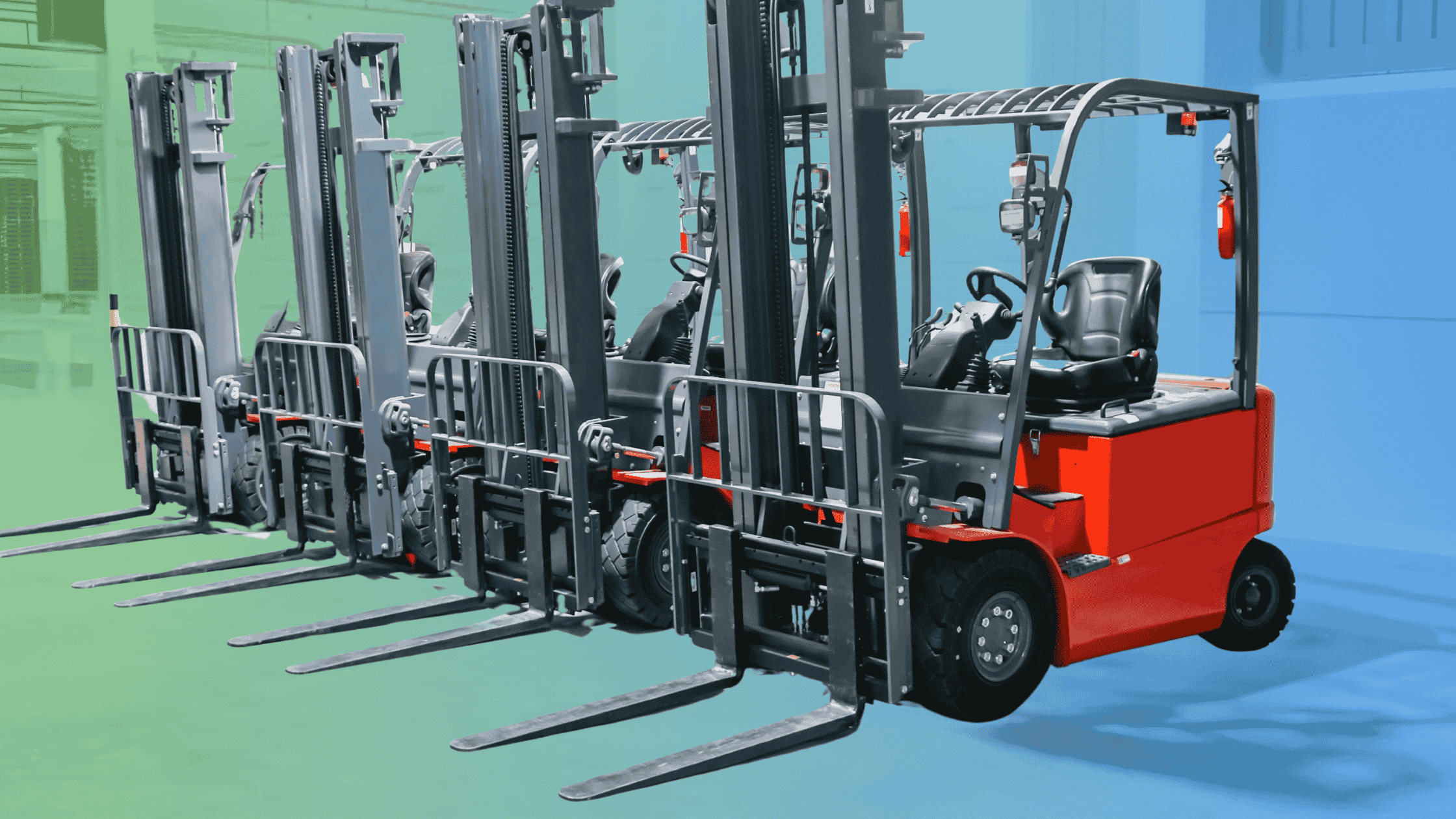Coming in at number #8 on OSHA’s annual top 10 list of their most cited standards is 29 CFR 1910.178 Powered Industrial Trucks (PITs) (which includes forklifts and similar equipment). Even though the NSC won’t publish their annual, in-depth article highlighting the specific parts of each standard being cited until December, we think it’s safe to assume the same five parts will be cited for 2025 as they were in 2024, 2023, and 2022.
The five parts of 1910.178 which are causing so much trouble include two main aspects: training and inspections & maintenance. When it comes to training, employers are struggling with these three parts:
- 1910.178(l)(1): Safe operation – Operators must be trained before use.
- 1910.178(l)(6): Certification – Employers must document training, evaluation dates, and trainers.
What about these three parts are they struggling with? We think it’s a couple of things, starting with not having a good idea of how to set things up for improved compliance. Before an employer can provide adequate, compliant training, they have to do a little homework. Employers need to identify the types of PITs used in their facilities and what hazards are created by their use, who operates each type and who is qualified to provide training and evaluations. Unfortunately, employers often aren’t doing this and as a result, they’re not providing compliant training.
The first step employers should be completing is a PIT inventory and that inventory should include a list of what employees operate each type. This is necessary because OSHA requires employers to train and evaluate workers on each type of PIT they will be expected to operate. Based on that list, the next step is to identify any areas of the facility that pose or create hazards for or because of PITs.
For example, if forklifts are used are there tight corners, increased pedestrian traffic, rough or steep terrain or other concerns to be aware of? What about scissor lifts or boom lifts that are used in areas where there are potential overhead hazards? What about the different types and compositions of the loads to be carried and which PITs can carry each type? All of these things have to be identified and included in the operator training being provided to workers.
For any readers concerned about how purchased training can include company-specific information, the answer is “it can’t”. Purchased training is perfectly fine as long as you supplement it with this additional information. You can do this in the classroom portion of the training or in the evaluation part—but it has to be included. If you’re skeptical, take a look at 29 CFR 1910.178(l)(3)(ii) which lists the exact, workplace-related content that must be included in training.
In addition to the formal training in the form of a lecture, discussion, interactive computer learning, video tape and/or written material, OSHA also requires a hands on part where the trainer performs a demonstration and then evaluates the operator as they perform a series of practical exercises for the purpose of earning a certification on that PIT. Many employers skimp on this part because it takes too much time to do it the right way and by the “right way” we mean taking the time to make sure each operator successfully performs practical exercises on each type of PIT they are required to operate. In other words, if an operator is required to use forklifts, scissor lifts and boom lifts—they have to be evaluated on each one.
Now let’s talk about certifications because that’s another problem area. Despite what you might think, employers do not have to issue paper licenses to PIT operators. All OSHA requires is that employers formally certify the training and the evaluation with a document that includes the operator’s name, training date, evaluation date and the name of the person performing the training and/or the evaluation. The certification can be kept on file and does not have to be in the operator’s possession while they operate a PIT. A much better option than issuing paper licenses is to manage things electronically using software like EHS Insight’s Training and Skills Management modules which can help deliver, document and track all of this information making things much easier to get control of.
We know this is a lot of information to take in, especially for companies who are realizing they may not be doing things the way they should or could be. Take some time, think about what we’ve said and get ready for Part Two where we will discuss what constitutes a “qualified trainer” and what OSHA means by “refresher” training.
Stay tuned!

